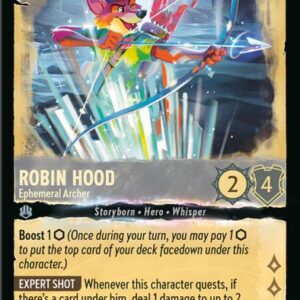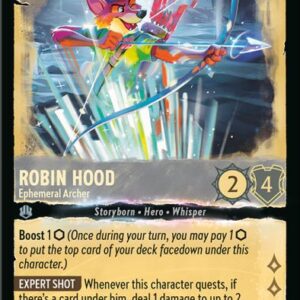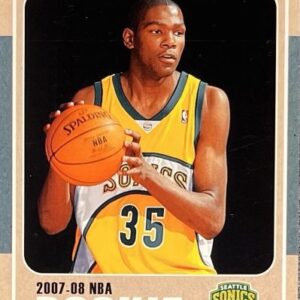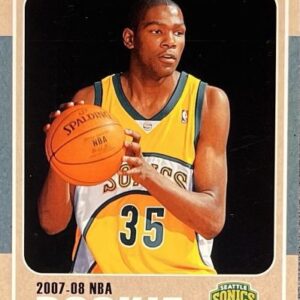In the magical and collectible world of Pokémon cards, few sets hold more allure and nostalgia than the original 1999 Base Set. Within that legendary group, the elusive Shadowless cards, often compared alongside their shadowy counterparts and the hallowed First Edition, occupy a special place in any collector’s heart and binder. Whether you’re a novice dealer or a seasoned collector, understanding the nuances between these variations can lead to a treasure trove of value—both financially and sentimentally.
At the heart of the discussion are three main types of Base Set cards: First Edition, Shadowless, and Unlimited, colloquially referred to by enthusiasts as “shadowed.” Unraveling these versions isn’t merely about spotting visual cues; it’s a dive into Pokémon history, printing order, and, most enticingly for some, scarcity.
Let’s delve into the cryptic term “shadowless” and demystify the differences and worth between these prized cards.
What does it mean for a card to be shadowless? It all comes down to the frame enveloping the Pokémon artwork. Early Base Set cards, the focus of our shadowless distinction, were printed with a flat design devoid of a drop shadow alongside the picture box. Their distinct, minimalist appearance extends to thinner text typography, which discerning collectors can spot on several elements of the card.
Soon thereafter, the layout saw an aesthetic evolution, gracing the cards with a soft gray shadow bar on the right of the art window, giving an elevated, 3D effect to what we now categorize as the shadowed, or Unlimited, prints. These tiny tweaks substantially resonate in today’s market, where scarcity drives the value needle.
A brief timeline of the Base Set progression is pertinent for orientation. First Edition cards are the debutants of the Pokémon Base Set, easily identified by a black stamp denoting their status. These cards set the standard for the shadowless style. Rolling out as the second wave, Shadowless cards retained the original design sans the iconic stamp. Finally, the shadowed, or Unlimited cards, basked in an explosion of production numbers, implanting themselves as the nostalgic currency of our childhood through stores up until the close of 1999.
So why all the fuss over these distinctions? In collector currencies, the power of shadowlessness is robust. Despite occupying the middle ground in rarity, shadowless cards often outstrip Unlimited in price, particularly when it comes to well-graded holographic and iconic cards like Charizard, Blastoise, and Venusaur. The coveted “Shadowless” label from grading companies can catapult a card’s worth overnight, appealing to those possessing a meticulous eye and a propensity for pixel perfection.
As you contemplate your deck, knowing visual tells at a glance is invaluable. Side by side, the differences inch out as follows:
1. **Picture Frame**:
– Shadowless versions present with a flat frame, no gray shadow bar.
– Shadowed features sport a pronounced gray shadow lending a raised perception.
2. **HP and Font Thickness**:
– Shadowless cards bear thinner, red “HP” text closely aligned with numerals.
– Unlimited varieties exhibit bold, thicker text with a touch more spacing.
3. **Border Tint and Ink Saturation**:
– Expect lighter yellow borders and softer ink on shadowless cards. While subtle, shadowed editions may appear richer in pigment quality.
4. **Text Detail**:
– Thinner and finer text characterizes shadowless cards, notably in Evolution boxes and attack text.
– Shadowed types opt for thicker fonts, enhancing readability at a quick look.
5. **Copyright Line and Printed Holo Layer**:
– Shadowless showcases early multi-year Nintendo, Creatures, GAMEFREAK impression lines. It’s compact and distinctive compared to reprinted, shadowed sibling versions.
When considering practical examples, every collector invariably whispers the names Charizard, Blastoise, and Machamp. The shadowless rendition of a Charizard, absent that First Edition stamp, is a prize over the comparatively common shadowed rendition from the Unlimited run. For Machamp, the ubiquitous 1st Edition, initially shadowless, draws clear contrast against later shadowound prints in the 2-Player starter set—a perfect segue into training one’s eye to spot the variance.
It’s not just holos that hold power; Trainer and Energy cards might exhibit mixed runs within collections, born from random booster pack treasures.
Despite initially occupying the same store displays, condition now differentiates shadowless from shadow-heavy cards, with earlier editions often showcasing higher susceptibility to edge damage and honest wear. Yet, the legitimacy of a market-assessed shadowless label commands attention and monetary potential, validating the persistent pursuit of immaculate centering, sharp corners, and breathtaking holo presentation.
But tread wisely, adventurers: only Base Set harbors the shadowless terminology, separating it from Jungle or Fossil subsets. Remember, a late Unlimited UK variant manifests unique attributes but borrows the shadow-loving layout, and discussions of thick versus thin stamp relate solely to First Editions, not to our shadowless heroes.
A quick, digital checklist on your phone can ease identification: Inspect that art window, critique the HP text, study those inks! And when a shadow emerges at a glance, oh, the riches that follow a newfound understanding. Your collection, fueled by this refined gaze, will soon align into organized excellence, ripe for trading or displaying. And who knows, your shadowless find could be the focal point of a newfound passion or a beloved link to the past.





